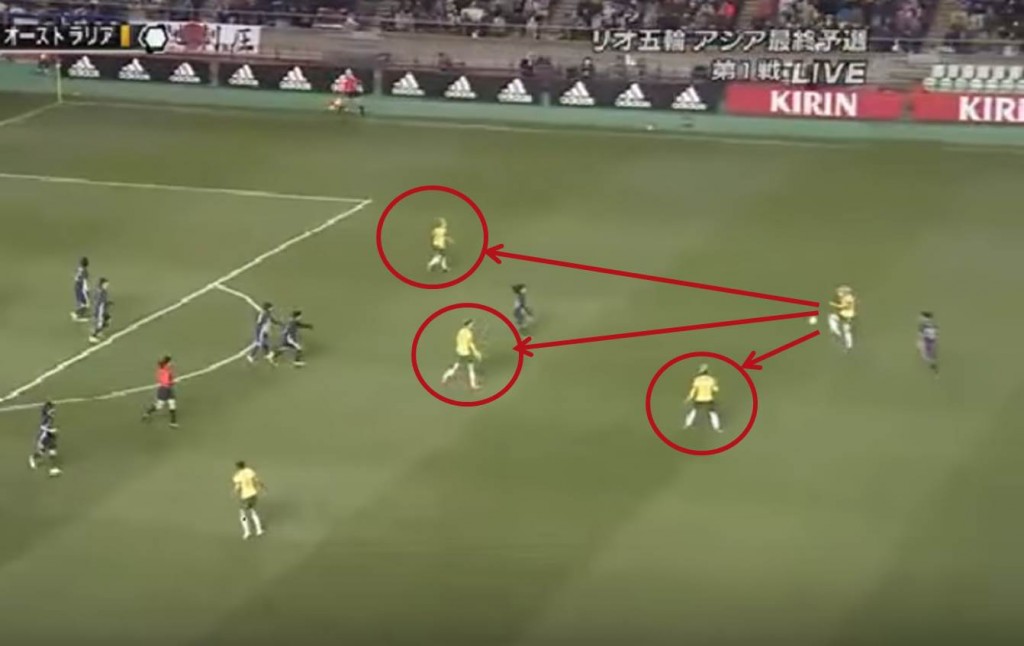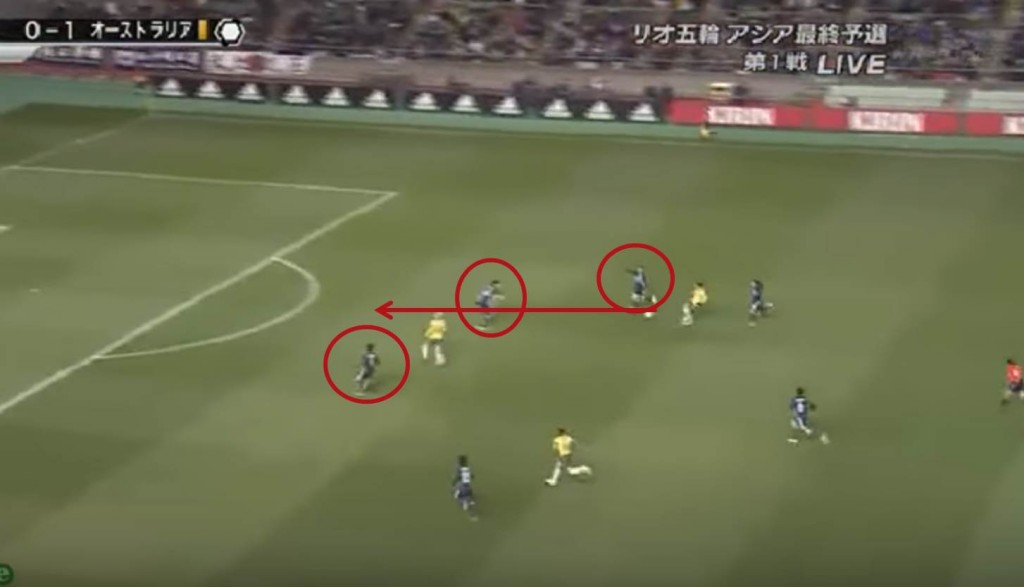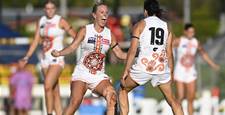The Matildas wrote a little more history last night with a 3-1 win over Asian Cup champions Japan.
The Matildas wrote a little more history last night with a 3-1 win over Asian Cup champions Japan.
Here are five quick things learned:
1. Full field press
Pre-match Matildas head coach Alen Stajcic spoke about the lessons learned in the World Cup quarter final on Australia's defensive strategy against Japan. On the night, the Matildas refused to give Nadeshiko time on the ball.
So aggressive was Australia's pressing, their pressure on the ball carrier, that Japan found it difficult to build a rhythm and Australia won the ball back within a couple of passes. Noticeably, on the defensive front, there was a discipline when up against the ball carrier. There appeared to be a concerted effort not to "jump in" and therefore expose the space in behind. All of which worked to mean Japan didn't have the space and time they can use to rip apart teams.
2. Possession is nine-tenths
Against Japan the default position usually is that you won't see a lot of the ball so make the most of it when you do. The key on the night was that on the ball, Australia kept it.
They possessed for long spells, they found the angles, they mixed up short and long passing. It was helped by the off the ball movement giving the ball carrier two or three different options in their perimeter.

3. Angles and Execution
Key also was the Australian players ability to make good decisions. There was an awareness of their positioning, their angles and finding the space that had been vacated. When it came to the goals, again it was about executing the balls into the most dangerous areas that would cause Japan the most problems.
In the above example Kellond-Knight played the ball to Gorry (when she had two other options) providing Gorry with the most space. The midfielder than flighted the ball right in the space between the full back and back tracking centre back.

For the second goal, De Vanna spots the space between the back tracking Japanese full back and centre back giving Heyman a free run into the space. De Vanna could have gone the wide option but again the right decision was made and doing so cut out 3 defenders with one move.

And for the third. With one pass, not only did Van Egmond take out 4 defenders, she found the space rowleft unoccupied and the space in which the goalkeeper was most vulnerable.

4. Midfield assets
While the forwards got most of the credit on the night, the work of Australia's midfield trio of Emily van Egmond, Katrina Gorry and Elise Kellond-Knight continues to grow into its biggest asset.
Kellond-Knight's ability to disrupt play and then lay off, usually to the advancing Van Egmond, and Gorry's link up with the attack meant Australia often had the Nadeshiko defence backtracking.
One of the concerns about Australia's move into the AFC was the technical ability of the players. In this trio, Australia have the technicians and, most importantly, the tactical engine room of the team.
5. Tightening up required
In saying all of the above, it wasn't perfect from Australia. Lydia Williams had some early nervy moments before growing into the game to become the rock she has been for Australia in the past 6 months.
A number of times Australia conceded the ball in dangerous areas, allowing Japan to find the same angled runs Australia were employing. Against a more trigger happy team it could have been an issue. Finally, early in the second half when under considerable pressure by Japan, Australia struggled to clear their lines. The good news for them is that the defence and their shape largely held.
Related Articles
.jpeg&h=172&w=306&c=1&s=1)
Olympic doubts loom over key Matildas pair
.jpeg&h=172&w=306&c=1&s=1)
West Ham's Gorry stars in five-Matildas WSL show













